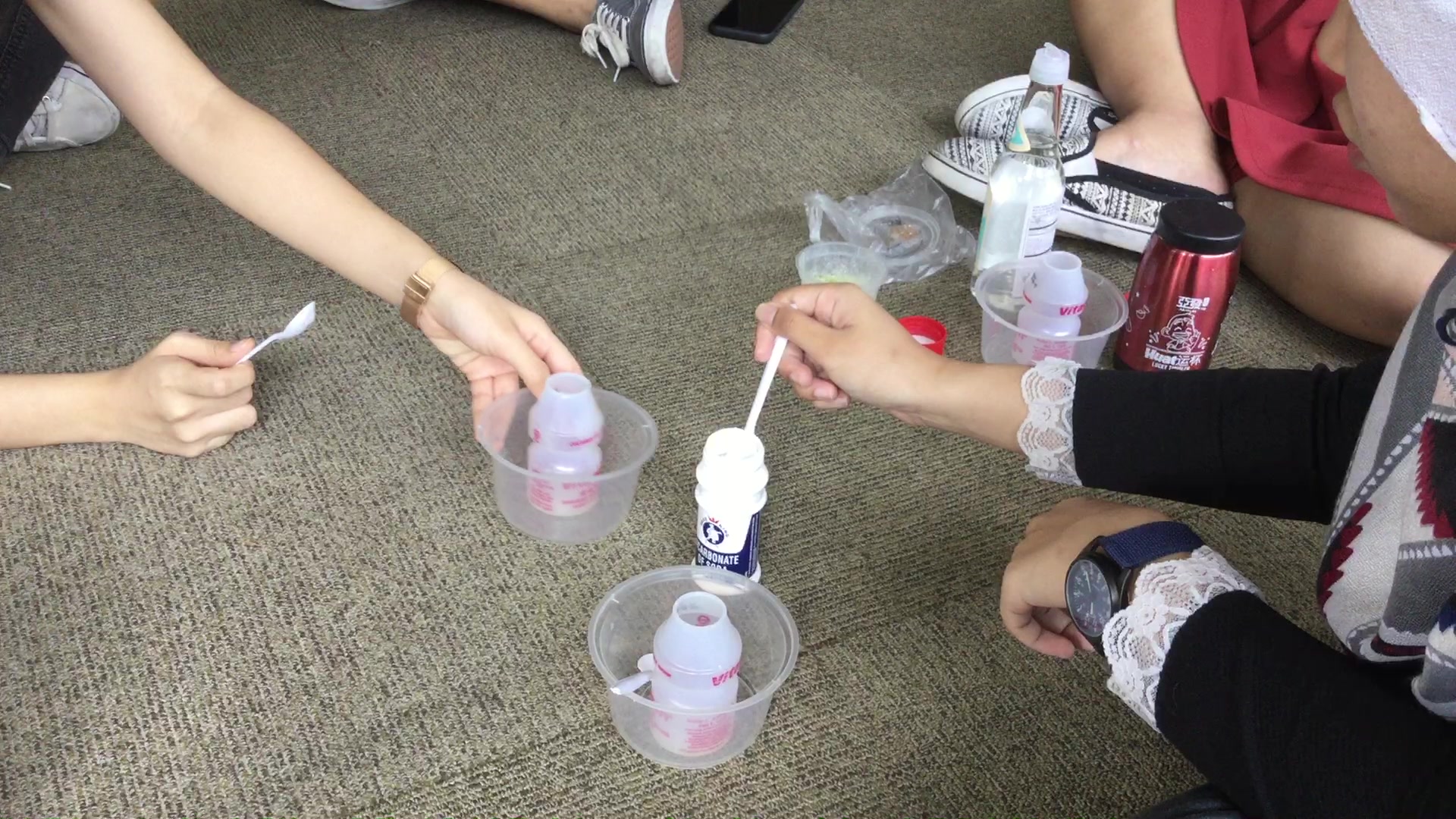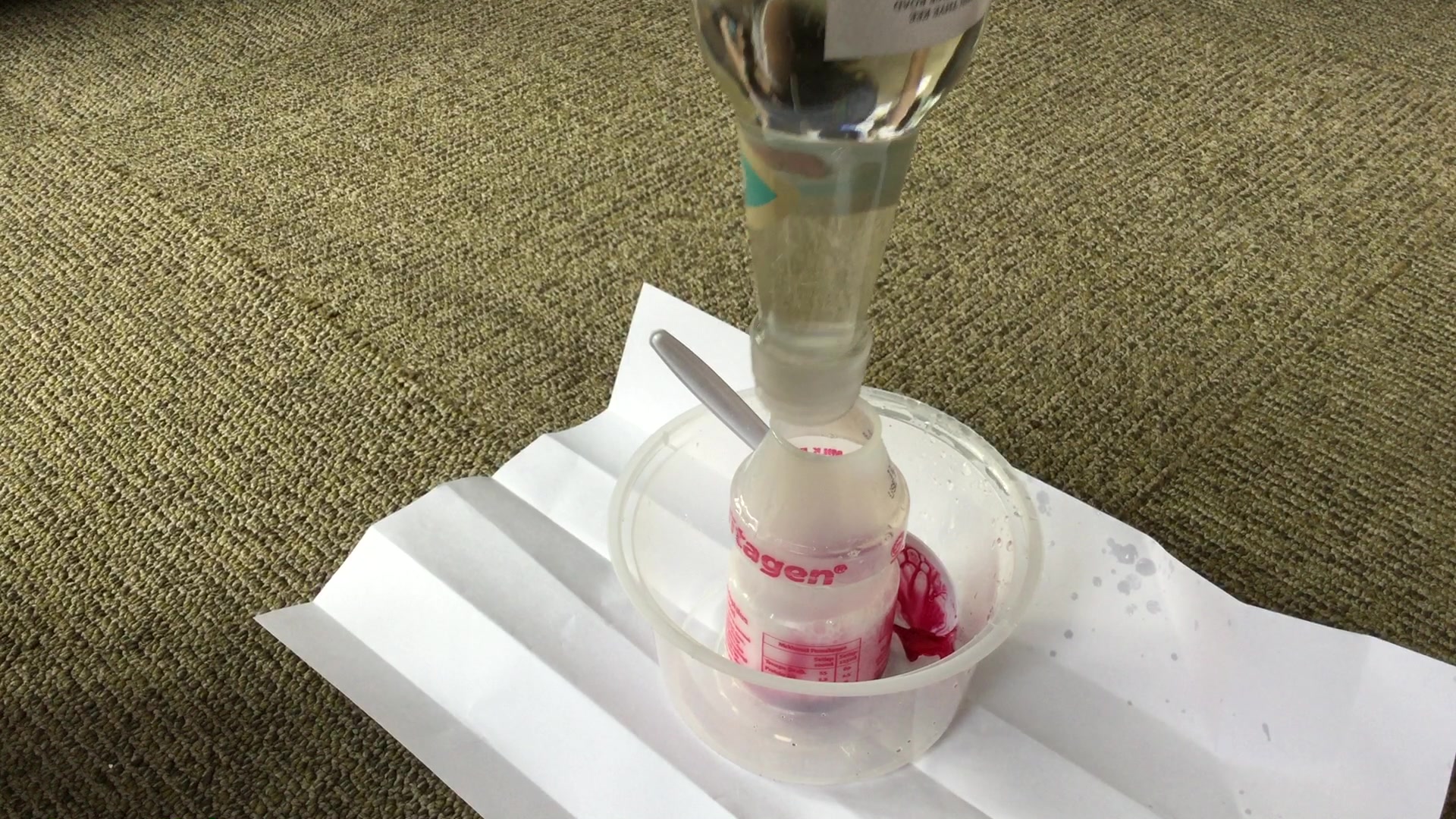
Kindergarten One

Term 1
Inquiry Topic: How can we ensure the sustainability of Mother Earth?
This term, the Kindergarten One children will be embarking on a journey to investigate how they can save Gaia by reducing, reusing and recycling. Through this exciting learning journey, the children will be able to learn to be more appreciative and show respect, care and concern to the world they live in.

Week 4 How are volcanoes form?
January 25, 2019
The children had discussed about landforms, particularly volcano, last week. This week's lesson focuses and deepens children’s knowledge about the volcano through a hands-on activity. The simple volcano experiment, in the lesson, allows the children to witness and experience a simulated volcanic eruption first-hand. It not only intrigue them to learn but also teaches them to appreciate and respect the beauty of Mother Nature.
Learning objectives
Children will be able to:
-
Identify the parts of a volcano (magma, crater, vent and lava)
-
Make a simple recording of their observation through video recording/photographs
-
Share observations of the experiment with their peers
Teaching Technique
According to MacNaughton and Williams (2008), documentation refers to collecting and presenting children’s learning in the form of paper or digitized record, such as anecdotal observations, photographs and video (p. 296). Usually, the class teacher has the responsibility to do the documenting, however, in the video, it is the other way around. The children have the duty of documenting down their volcano experiment using the iPads. Involving children in the process of documenting allows the teacher to understand how they view the world (MacNaughton & Williams, 2018, p. 303).
In Inquiry-based learning, documentation is a critical teaching technique. Documenting the investigation help children gain insight into their own learning through the development of collaboration skills, perseverance, critical thinking and problem-solving skills (Timothy, 2013). The video documentation that the children did will be used for the discussions, observations and sharing which will be done later in the term. It not only reminds children of their experience but also ignites their curiosity to dig deeper and ask more questions. When the teacher and children can revisit any section of the documentation for discussion, deeper learning occurs (MacNaughton & Williams, 2018, p. 299).

Teacher Jocelyn is doing a recap on what the children had discussed last week about volcanoes.

Belinda asked, "Is that oil?"

The volcanoes erupted!

Teacher Jocelyn is doing a recap on what the children had discussed last week about volcanoes.

How does volcanoes erupt?

Documentation of volcano eruption experiment by K1_Part 1

Documentation of volcano eruption experiment by K1_Part 2

Documentation of volcano eruption experiment by K1_Part 3
Week 3 What is on Earth?
January 18, 2019
Here we Sarah brought a very interesting book to class this week. It is titled are: Notes for living on planet Earth by Oliver Jeffers. The children all loved the book. Tyler exclaimed, "I want to read the book during story time!"
With the introduction of the book, the children were all curious about the landforms on Earth. They love the mountains, rivers and especially the volcano!

Week 2 Who is Earth's mummy?
January 11, 2019
The children moved on to investigate about Mother Earth, the planet we lived on! Tyler asked Teacher Jocelyn, "Who is Earth's mummy?" during a discussion last week. Our mummies gave birth to us, so who is Earth's mummy? To answer Tyler's question, the children went to the library to search for books on Earth. They borrowed the book, The Big Earth Book by Mark Brake and read it in class. After the story, they learnt so many new things about Earth!
Janice said, "The Earth has core, mantle and crust."
Mary said, "The outer layer is crust."
James said, "The cloud become Earth!"
The children are encouraged to bring books from home about planet Earth to share with their peers.
Week 1 Where do we live in?
January 4, 2019
This week, the children discussed: Where do we live in? How many planets are there in the universe? How do the planets look like?
The children were introduced to the planet song! They had so much fun dancing and singing along. The children talked about the eight planets in the solar system - Mercury, Venus, Earth, Mars, Jupiter, Saturn, Uranus and Neptune. They also discussed the planets' shapes, sizes and the order from the Sun.
Jerald said, "I live on Earth."
Katherine said, "I like Jupiter because it is (the) biggest."
Queenie said, "Saturn has (a) circle (outer ring) around (it)."
Tim said, "Venus is very hot."



